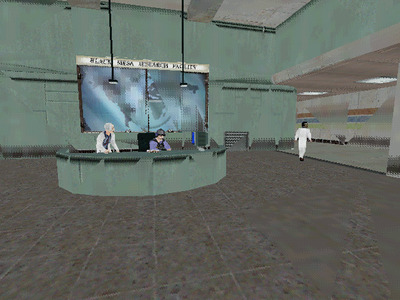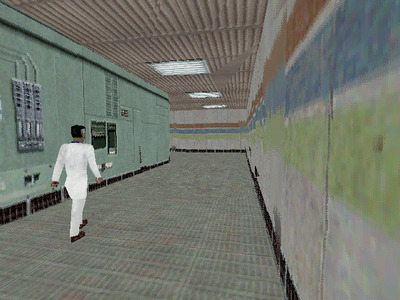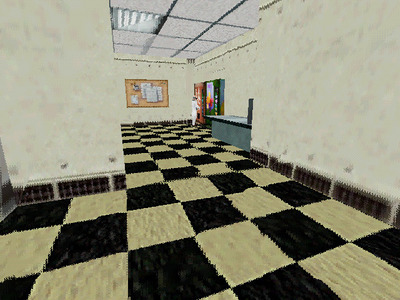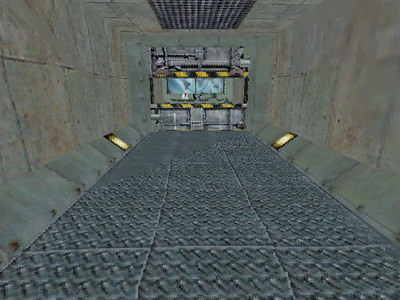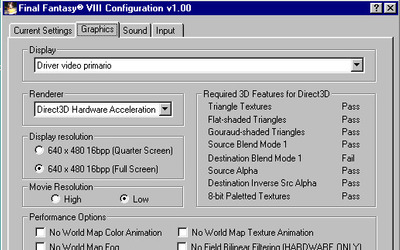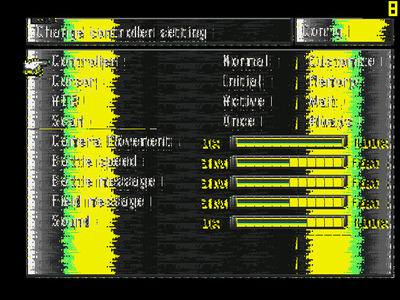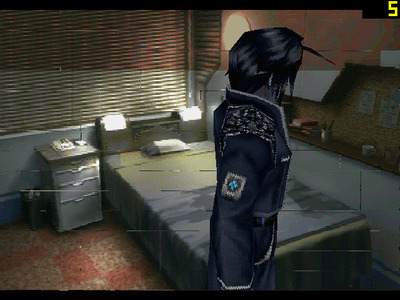leileilol wrote on 2024-03-25, 00:38:
That's normal for 96-97 stuff to me. yall playing newer blendy blend games on it that'll break the whole permedia/virge/mystique/powervr1 gamut
also i'd take the strange blocky dither filtering over whatever SiS does.
If I had this AT3D i'd attempt to play stuff using techland's d3d gl driver, vertexlighting in quake3 games, mdk2 benchmark, etc.
Back then the first time I completed FF8, (my favorite Final Fantasy by the way), I completed it on an MMX200 with the Mystique, the Mystique is not compatible with FF8, so I played with the software renderer, and it was quite slow by the way, but it seemed playable to me at the time, and it looked better than the AT3D screenshots, if the menu looks like that it's impossible to play it.
This case seems quite exaggerated to me.
Some games that I'm curious about if they would work on the AT3D and what they would look like are the first three Resident Evil, on the Mystique they worked quite well, I'm not totally sure about the third game, but I'm pretty sure that I played the first two with the Mystique.
